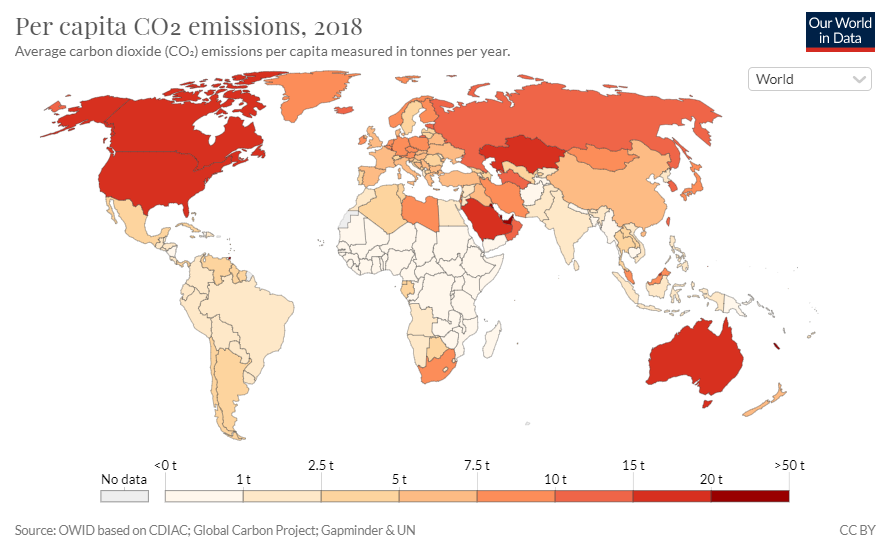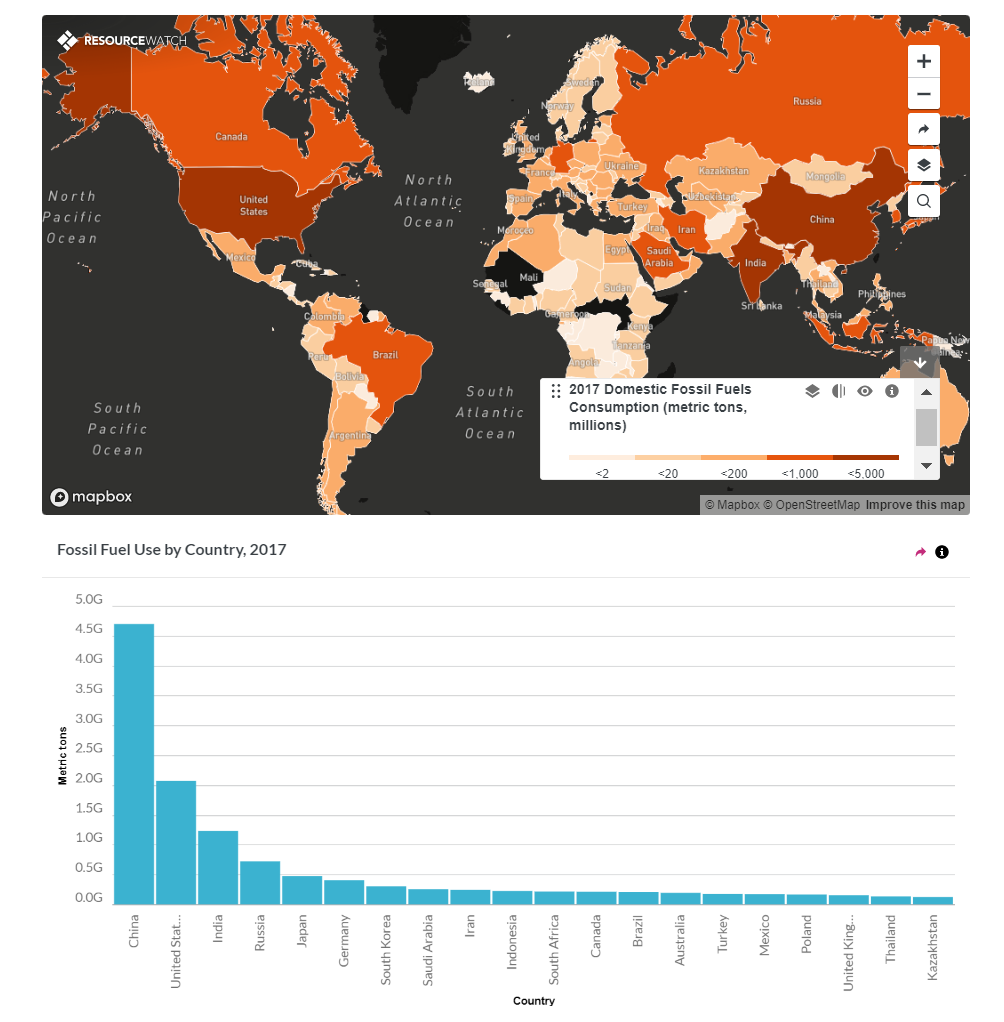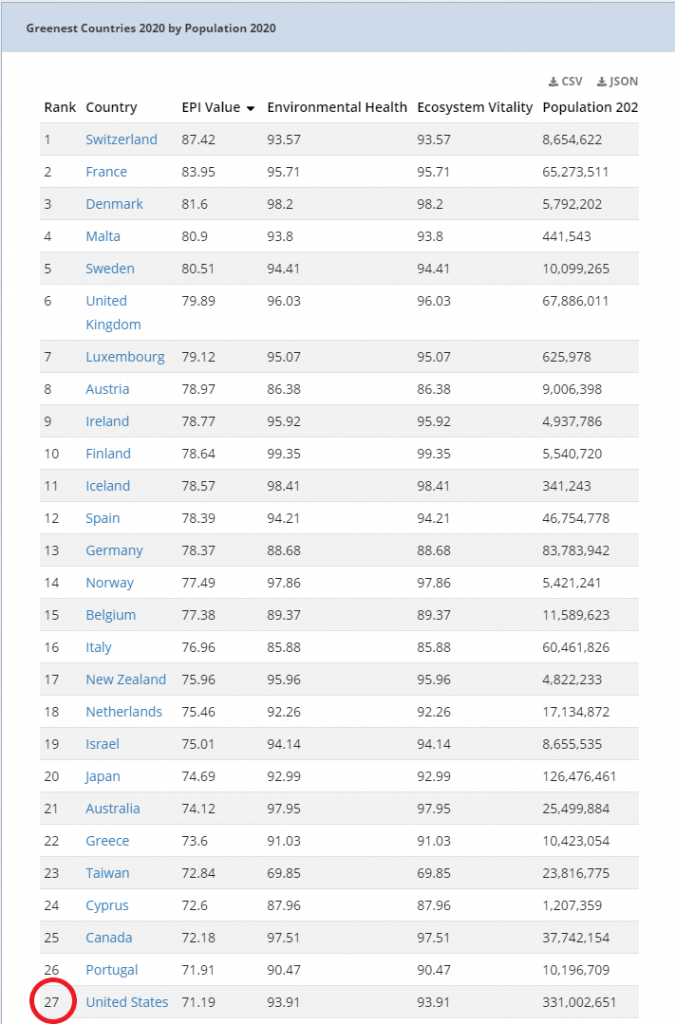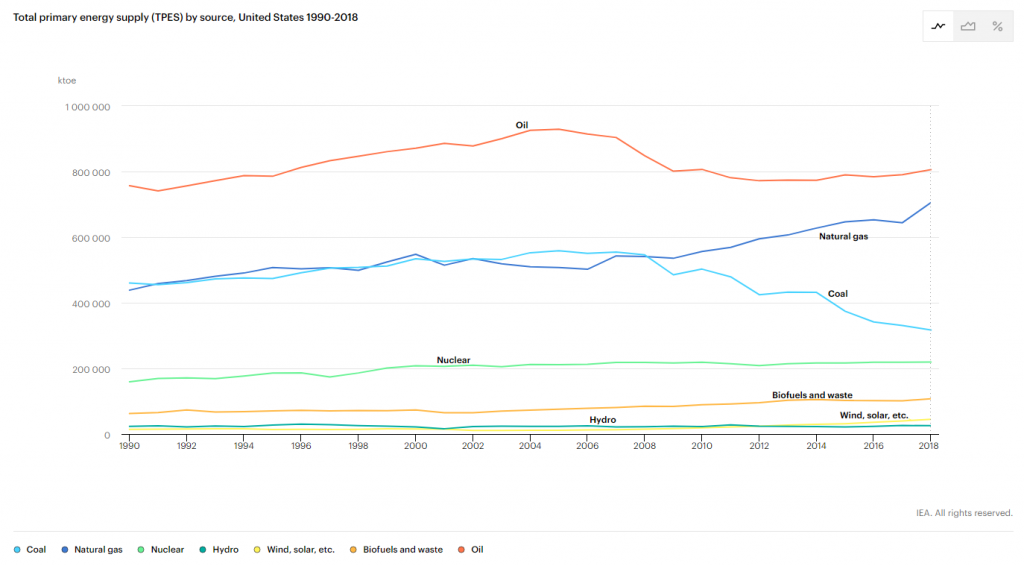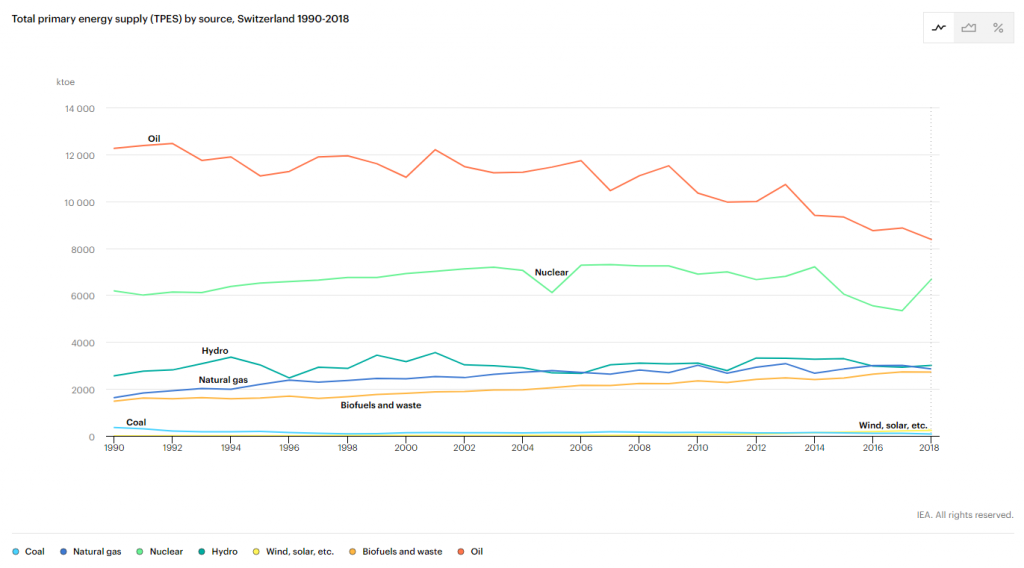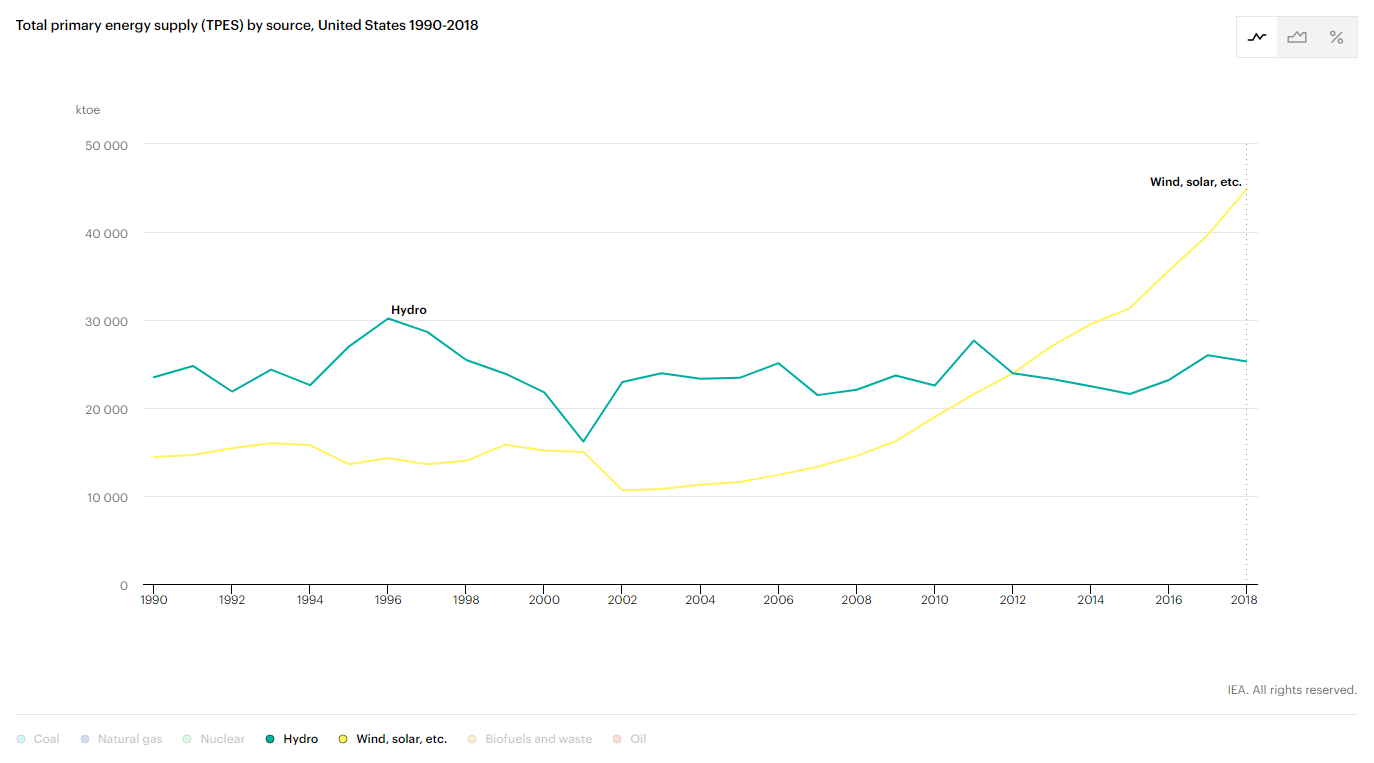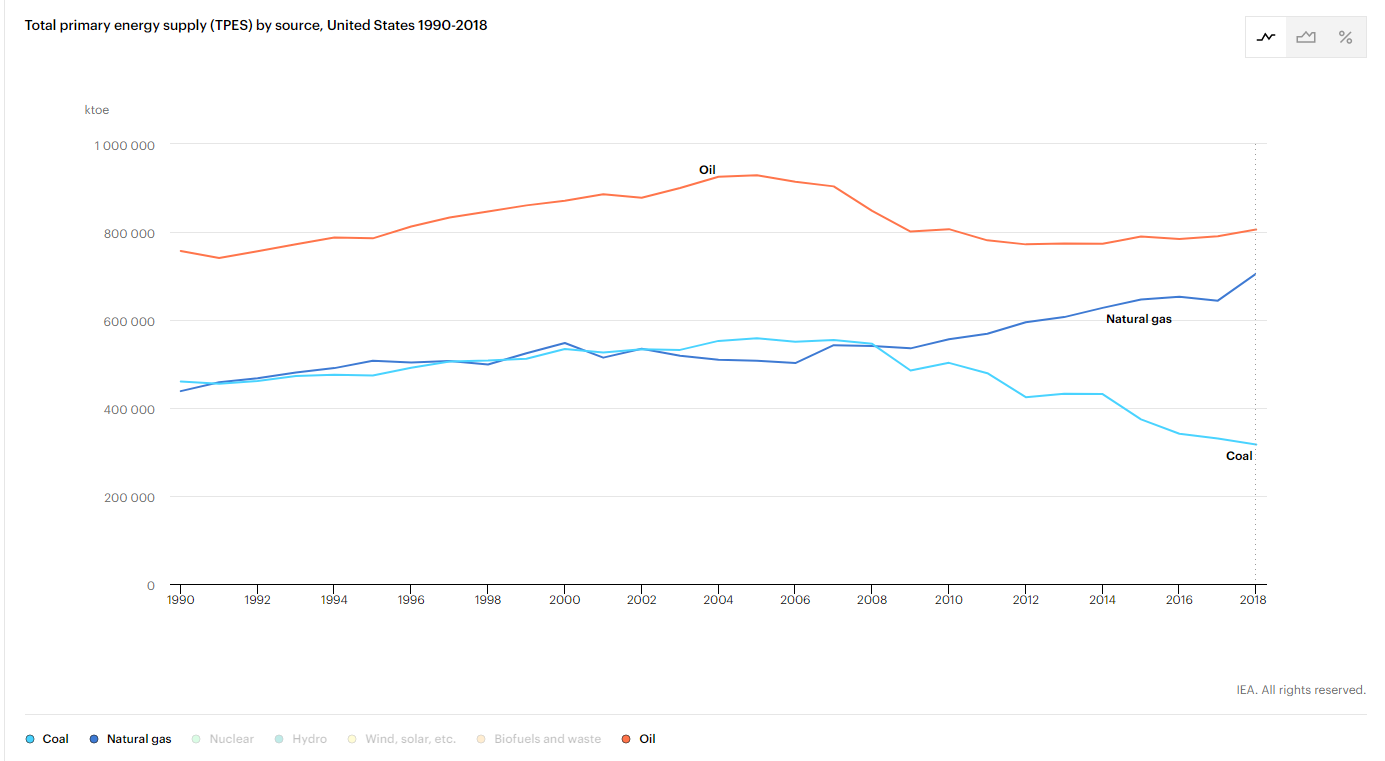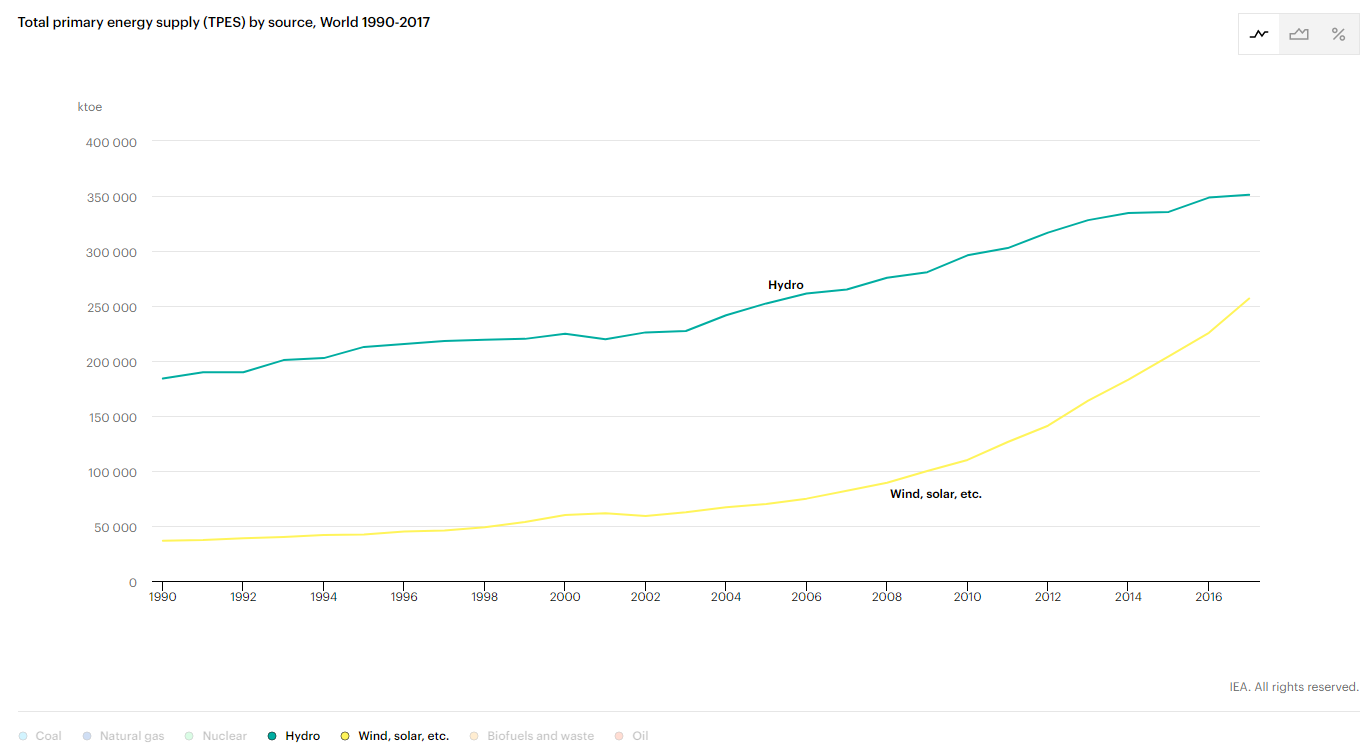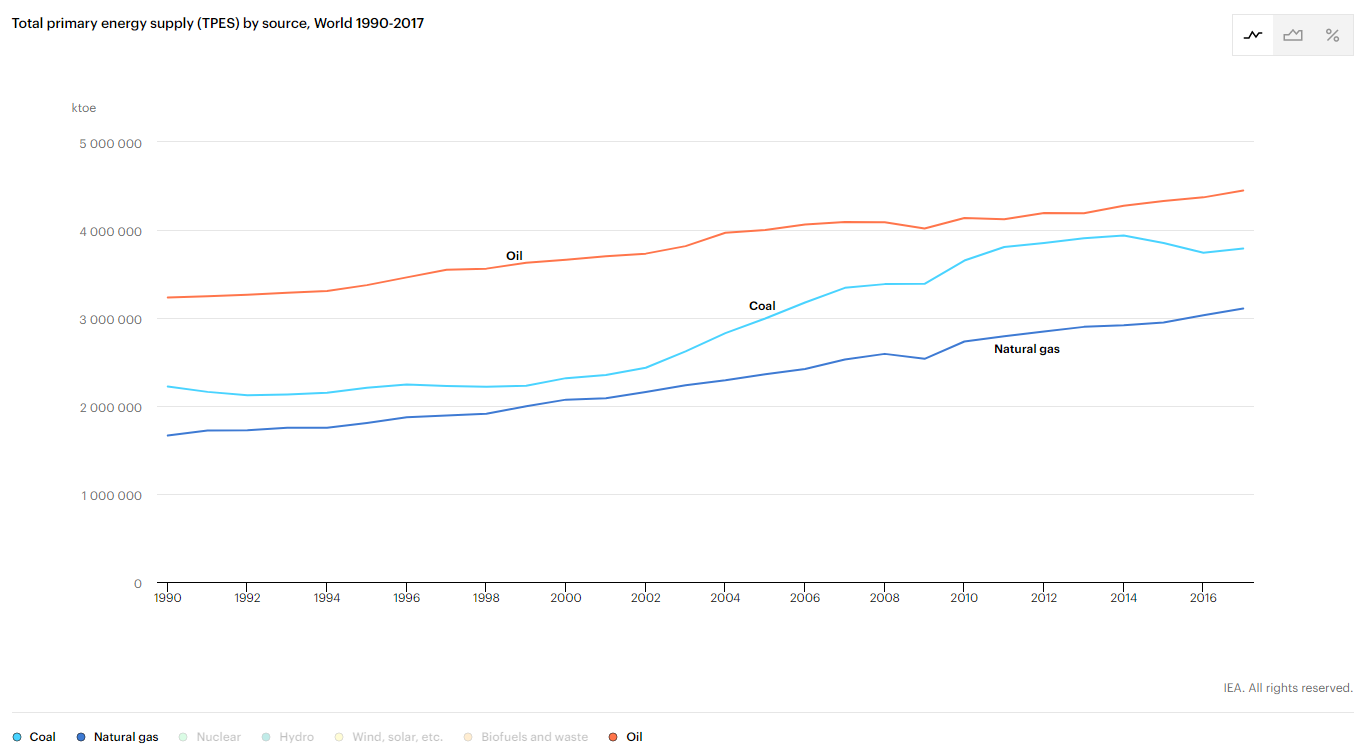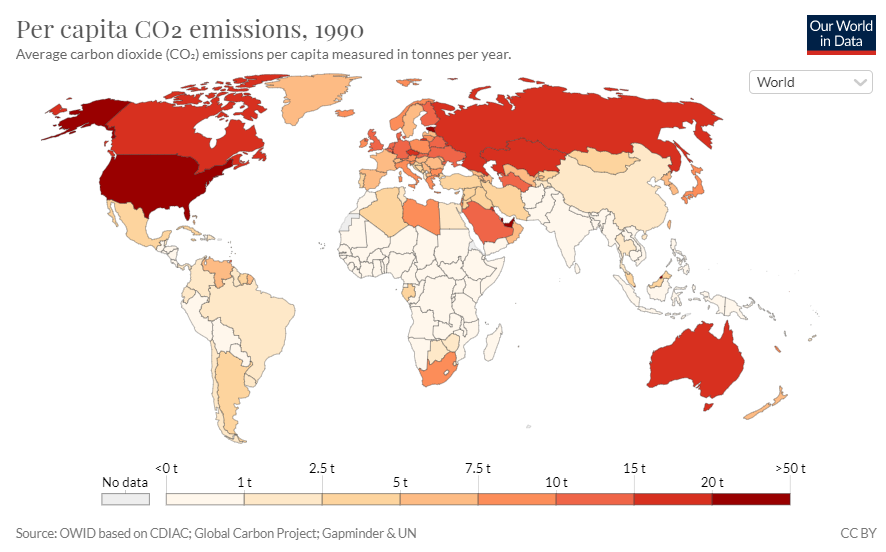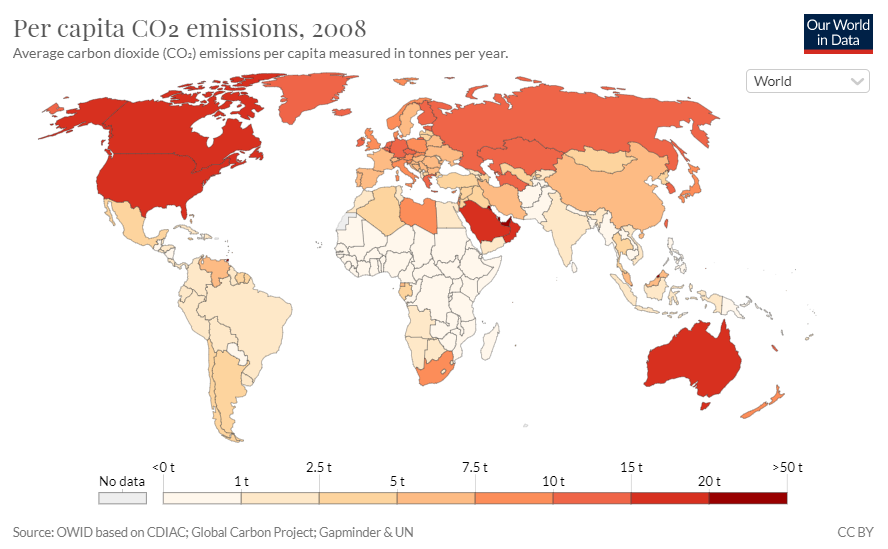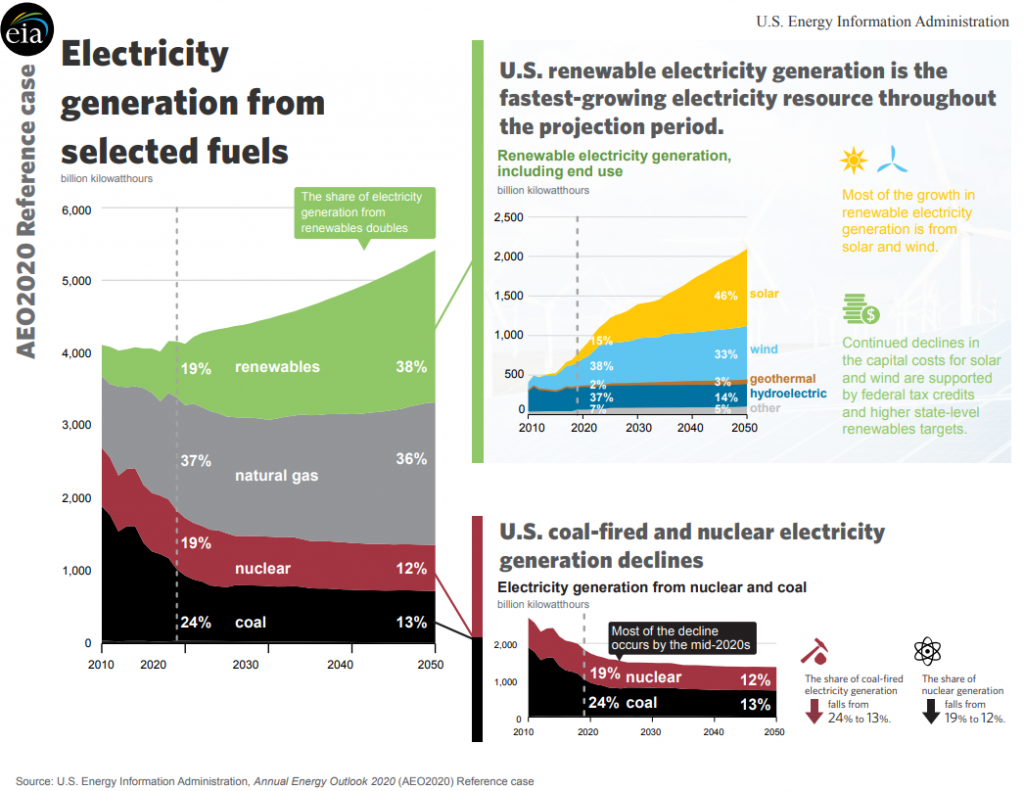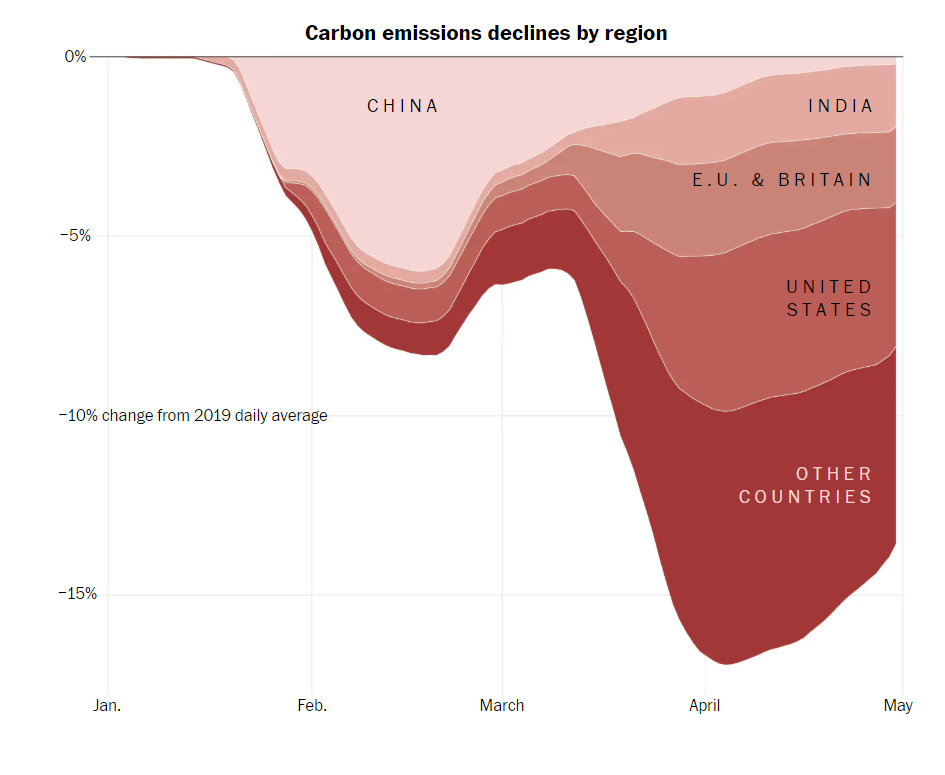Center for Sustainability & the Environment
Grant Funding via The Degenstein Foundation
Contact
Samantha Myers, CSE Operations Manager
Samantha.myers@bucknell.edu
(570) 577-2437
Olin 463
Bucknell University is located in an area rich with ecological, social and cultural heritage. Historical development practices such as logging, mining, farming and short term land development have left lasting impacts on ecosystems and river towns. Located on the banks of the West Branch of the
Susquehanna River, the CSE has the distinct advantage to study how impacted river communities, both human and non-human, can become more resilient and adaptive. Such communities are poised to reclaim a future of economic, social and environmental prosperity. Analyzing current
challenges/opportunities, providing affordable solutions, and creating sustainable models for these communities that solve their most pressing problems will position our Bucknell students to become leaders in the world during the coming years when these interdisciplinary confounding problems (technical and societal) come to the forefront.
In keeping with the Center’s mission and current priorities, while building on past experiences, the CSE has been successfully awarded a Degenstein Foundation planning grant to explore the use of multidisciplinary field stations centered on key United Nations’ Sustainable Development Goals (SDGs) to build partnerships with communities along the Susquehanna River. The following SDG’s: Life on land (15), Life below water (14), Sustainable cities and communities (11), Clean water and sanitation (6), Affordable and clean energy (7), Decent work and economic growth (8), and Climate action (13) directly address local and regional environmental and sustainability needs, and will help guide the development of near and long term regional solutions. The CSE believes that addressing these economic, social and environmental issues will lead to the development of successful models for communities across our nation seeking more sustainability.

About the CSE
The mission of the Bucknell CSE is to “create impactful, interdisciplinary, experiential opportunities for learning and research that address global environmental and sustainability challenges” while leveraging our unique intersection of 3 Colleges housed in one dynamic, leading liberal arts university. Our 2017-2020 strategic plan calls for efforts to enhance Bucknell University’s capacity to teach and conduct research in critical areas of sustainability and the environment, as well as to enable transformational opportunities for the campus and surrounding communities through experiential learning in these areas. At the CSE, we seek to establish long-term partnerships, research, and teaching that bring together faculty, staff, students, and community partners to develop greater understanding of the complexities that underlie our most challenging environmental, social, economic and engineering issues.
Awards
Per our grant budget, we will make available multiple research fellowship awards (faculty and student), up to $5,000, for the Summer of 2021. If you wish to complete your research in the Spring of 2021, you must contact CSE Faculty Director, Peter Jansson at peter.jansson@bucknell.edu or CSE Operations Manager, Samantha Myers at samantha.myers@bucknell.edu by 11:59 pm on January 15, 2021. If you elect to complete your research in the spring, you will be paid either hourly or academic credit. Each summer research fellow includes a $3,500 student research stipend, $1,000 stipend for their faculty mentor and up to $500 in support for equipment / supplies – as required. Each summer student will work between 8-10 weeks with their faculty mentor pursuing full-time scholarly work on one (or more)
of the SDGs above in collaboration with a Program Director from the Center. In addition, students will receive on-campus summer housing for the duration of their project. Students will not receive academic credit for this research.
Eligibility
All full-time Bucknell undergraduate students enrolled in any of our three (3) Colleges in-person are eligible to apply. Due to university guidelines, students participating in virtual/distance learning are not eligible. Awards are not available for the summer following the student’s senior year, although students enrolled in a five-year degree program are eligible to receive an award during the summer after their fourth year.
Requirements
- Complete a short proposal describing interest, preferred SDG study area(s) and qualifications
- Identify a faculty mentor willing to undertake the research and why
- Complete scholarly project for 8-10 weeks with their faculty mentor and assigned CSE program director
- Attend 3 project meetings with CSE Program Directors, staff and other student/faculty research teams to provide project updates, along with a written 1-page update
- Submit a report on their scholarly work by August 14, 2021
- Submit a 1-2-page reflection of the summer research experience
- Present the results of their research work with their faculty mentor (via poster and/or oral presentation) at the 16th Annual Susquehanna River Symposium Friday, November 5th and Saturday, November 6 th 2021
Question & Answer Session
There will be no formal question and answer session this year, however, you may request to schedule a virtual meeting to answer any questions you may have by emailing BCSE@bucknell.edu.
Application Deadline
February 6th, 2021 by 11:59 p.m. (rolling thereafter until all fellowships are awarded)
